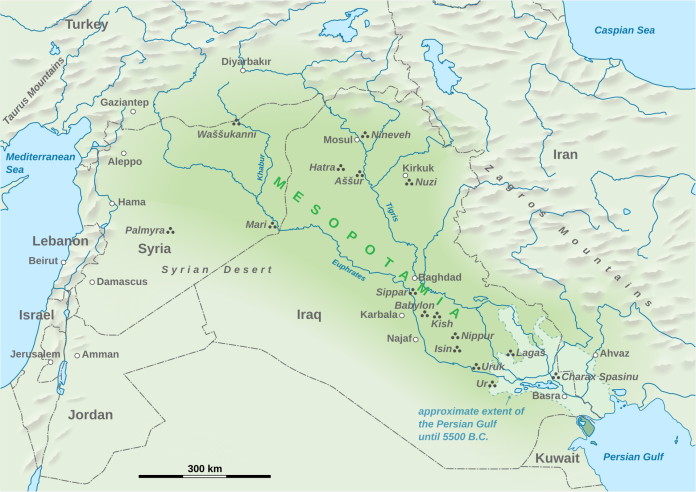The concept of civilization is inherently subjective, shaped by individual perspectives, cultural backgrounds, and personal beliefs about what constitutes a “civilized” society. This subjectivity often sparks debate, as different people emphasize distinct traits—be it technological prowess, social organization, artistic expression, or moral frameworks—when defining the term. Before delving into why the Sumerians are widely regarded as the first civilization in Asia, it’s crucial to establish a shared understanding of what civilization entails. By laying this common groundwork, we can foster more informed, meaningful, and productive conversations about this pivotal topic, avoiding misunderstandings rooted in divergent assumptions.
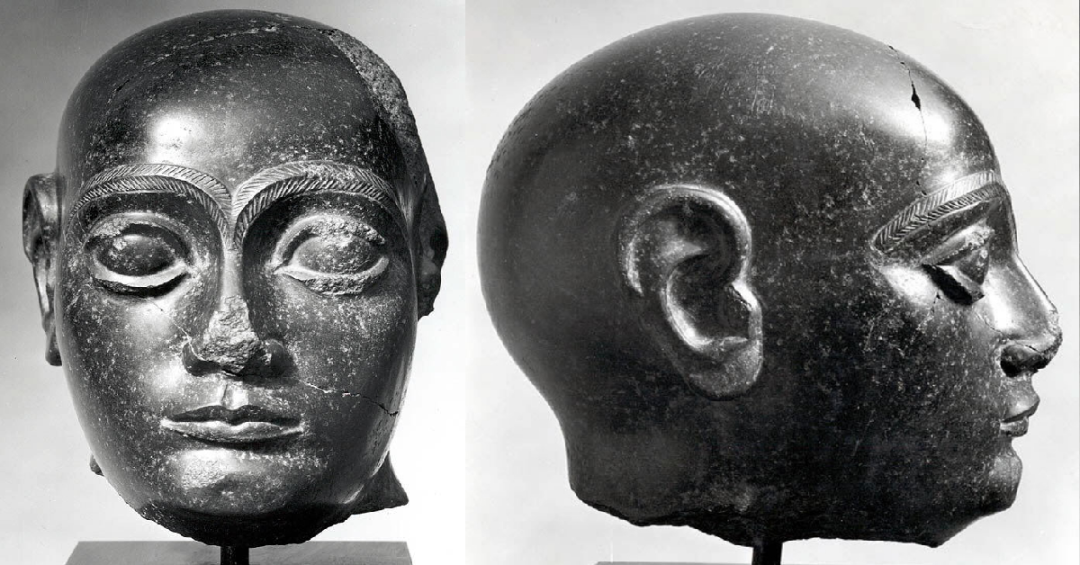
Oxford University offers a comprehensive definition of civilization, describing it as a stage in societal development marked by the creation of structured communities and enduring settlements. These societies are distinguished by a constellation of features: the presence of oral or written records that preserve their history, detailed historical narratives that recount their origins and evolution, and a rich tapestry of traditions that bind their people together. Beyond these, civilizations exhibit organized religious practices that reflect their spiritual worldview, legal systems that codify behavior and maintain order, and common values that underpin collective identity. Cultural customs, shared beliefs, and artistic accomplishments—ranging from monumental architecture to intricate craftsmanship—further define these societies, showcasing their creativity and sophistication.
The term “civilization” itself has a fascinating etymological journey, reflecting shifts in human thought over centuries. Its earliest recorded use, in 1704, was narrowly legalistic, referring to an obsolete process in English law where a criminal case was converted into a civil one—a transformation from punitive to remedial justice. By 1772, the word had broadened significantly, influenced by Enlightenment ideals. It came to describe a state of societal advancement, where communities were “reclaimed from the rudeness of savage life,” as one dictionary put it. This usage likely borrowed from the French civilisation, a term that emerged in the mid-18th century to signify refinement and progress, standing in stark contrast to notions of barbarity. Unlike civility, which focused on individual manners, civilization encompassed a collective achievement. By 1857, the meaning crystallized further: civilization denoted a specific human society in an advanced state, viewed holistically across its historical trajectory—its rise, flourishing, and, in some cases, decline.
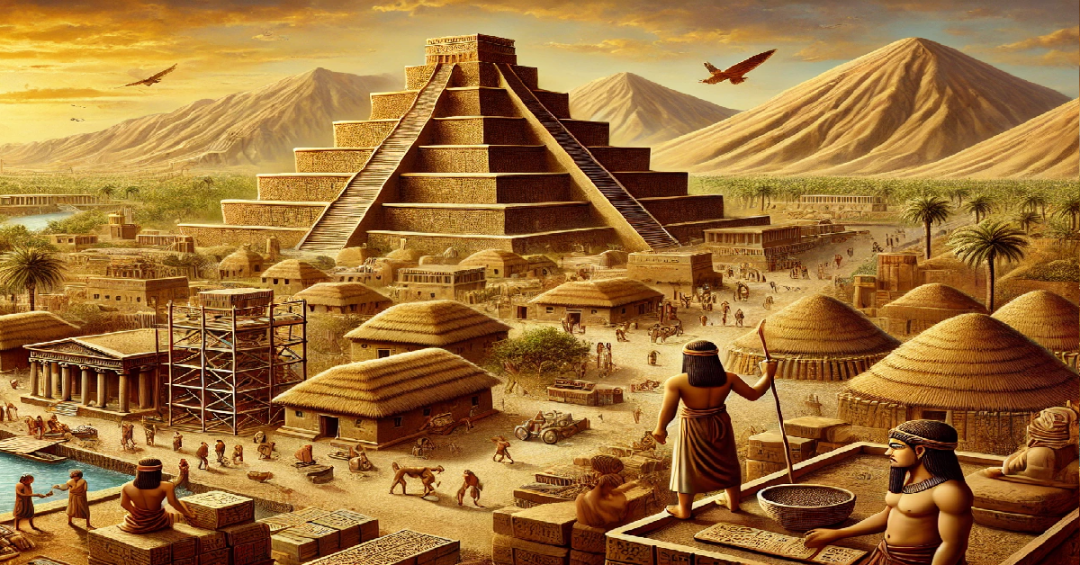
Today, civilization is understood as a relatively high level of cultural and technological development, a milestone often tied to the advent of writing, which enables the systematic preservation of knowledge and records. This criterion distinguishes civilizations from earlier human groups, allowing them to document laws, literature, and scientific insights for posterity. The term also encapsulates the cultural characteristics of particular eras and regions—think of the enduring imprint of European civilization on colonized territories, for better or worse, or the distinct flavor of ancient Egyptian civilization along the Nile. Moreover, civilization is a dynamic process, a gradual refinement of societal structures and behaviors, often punctuated by setbacks like wars, economic collapses, or environmental challenges. It embodies intellectual and social sophistication—the ability to grapple with complex ideas and organize large populations—as well as the tangible comforts of urban life, such as infrastructure, trade networks, and public amenities. The adjective civilizational neatly ties these threads together, describing anything pertaining to this multifaceted journey of human advancement.
With this framework in mind, we turn to the Sumerians, often heralded as the first civilization in Asia—and indeed, one of the earliest in the world. Known as the “black-headed people” in their own texts, the Sumerians inhabited the fertile plains of southern Mesopotamia, a region nestled between the Tigris and Euphrates rivers in what is now modern-day Iraq. Scholars generally place the emergence of Sumerian civilization around 3200 BCE, though estimates vary slightly depending on how one defines its onset—ranging from the development of proto-writing in the late 4th millennium BCE to the establishment of full-fledged city-states by 3000 BCE. This “happy median” of 3200 BCE marks the point at which Sumerians transitioned from scattered agricultural villages to a networked society of urban centers, such as Uruk, Ur, and Eridu, each a hub of innovation and culture.
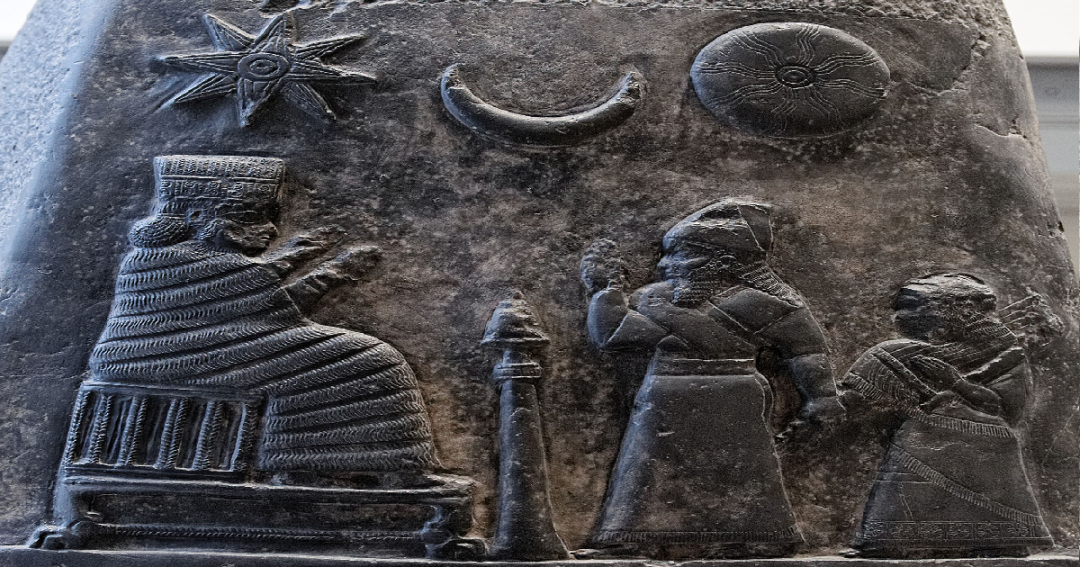
The Sumerians’ claim to being the first civilization rests on a remarkable suite of achievements. They pioneered cuneiform writing, one of the earliest systems of script, etched onto clay tablets to record everything from tax ledgers to epic poetry, like the Epic of Gilgamesh. This leap in communication facilitated administration and cultural continuity, hallmarks of civilization. Their cities boasted monumental architecture—ziggurats, or stepped temples, soared as symbols of religious devotion and engineering skill. They developed sophisticated irrigation systems to tame the unpredictable rivers, sustaining agriculture and a growing population. Socially, they established priesthoods, kingships, and legal codes, weaving a complex tapestry of governance and ritual. Their pantheon of gods, intricate myths, and artistic output, from seals to statues, reflected a vibrant intellectual life. Trade networks stretched across Mesopotamia and beyond, linking them to distant lands and resources.
The Sumerians’ location in Mesopotamia places them firmly in Asia, specifically Western Asia, making them a foundational civilization in the continent’s history. While other ancient groups—like those in the Indus Valley or China—emerged later (around 2600 BCE and 2070 BCE, respectively), Sumer’s earlier flowering sets it apart. Its influence rippled outward, shaping subsequent cultures in the region, from the Akkadians to the Babylonians. By meeting the criteria of civilization—writing, urbanism, societal complexity, and cultural legacy—the Sumerians stand as a testament to humanity’s capacity to forge order and meaning from the raw materials of existence, laying a cornerstone for the civilizational story that continues to unfold.
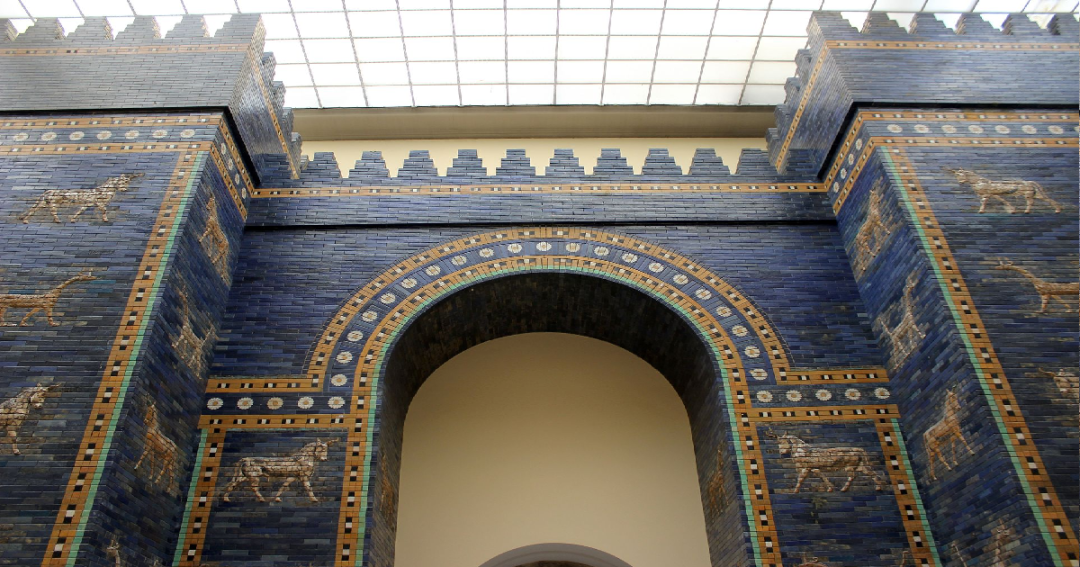
Many scholars who explore the rich tapestry of Mesopotamian history often claim that the Sumerians mysteriously vanished from the pages of time. However, this idea overlooks an important truth: the Sumerians never truly disappeared. Instead, their vibrant culture has subtly woven itself into the fabric of our modern world, resonating through art, language, and traditions that continue to thrive today. Their influence is still evident.
Until Next Time, Knowledge Is Power

